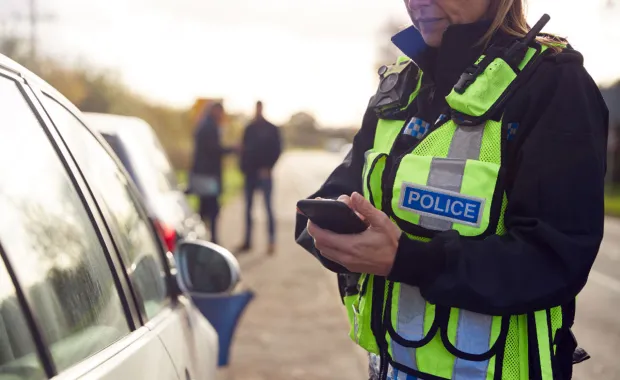It is described as the most comprehensive review of policing for a generation. The Strategic Review of Policing for England and Wales sets out an “agenda for fundamental change” of which there are 56 recommendations. A key one is that “the cutting edge of technology” should be at its heart.
As both a former police officer, now leading the automation team at CGI, one of the world’s largest IT consulting companies, I wholeheartedly agree that technology ¬must be a key driver of change, progress and improvement.
Yet some forces struggle to gain real value from Robotic Process Automation (RPA). At the heart of these issues can be scepticism and cultural resistance to automation. It is understandable, forces have been bitten by tech investment in the past. But decision-makers must try to find ways of overcoming this understandable scepticism, take a phased approach to rollout that builds up confidence, and find ways of working more collaboratively to bring about real change.
Data quality
There are plenty of examples showing how RPA makes a difference for the police as they cope with the demands of 21st century crime.
Take data quality. A key barrier to officers is that information they need in investigations can be incomplete or wrongly labelled and stored. A historic backlog of such records can reach the hundreds of thousands – and even millions.
Some forces have set up data quality teams to manually detect and correct errors, but the work can be laborious and workload overwhelming. In other cases, when forces collaborate on cross-border crimes, data records can be found to have been inputted more than once, or in different formats.
This is where RPA can properly alleviate the human administrative burden, so officers and staff can focus on being out in the communities, supporting victims and witnesses, gathering evidence and arresting people.
RPA, or human-robot workforces, can use automation 24/7 to handle ‘these back-office tasks’, finding and fixing data quality issues more quickly and effectively, and so avoid human intervention which requires massive allocation of resources and takes people away from higher-value work.
If technology is to be a driver of change, then the police must fully embrace what RPA brings to the table.
A way forward
There is a way forward for forces. They need to work together as partners to have an honest conversation and exchange of views about what they want to achieve with RPA. As they do so, companies like CGI can work to understand the challenges and respect the values of each and every partner.
By following this path, they can demonstrate the value and then work on an end-to-end staged approach that can find the processes that can be optimised for automation. This is key, as many processes have not been examined for years, meaning inefficiencies have been allowed to take root. In understanding the process and transforming it end-to-end, automation will find the flaws.
Finally, win hearts and minds with comprehensive training. Companies like CGI can provide this. It’s a start, but if every force ended the scepticism of RPA, embraced change, and remember that automation does not mean robots are replacing humans – but instead freeing them to carry out more vital police work – then the work of delivering the strategic review can really begin.
Learn more about our work in the public safety and law enforcement sector or contact me direct for more information.
This blog was taken from an original article on Tech UK






